[ad_1]
Compost turns chunky mulch into rich, crumbly soil. It’s top-of-the-line strategies to cycle nutritional vitamins in your yard—weeds, kitchen scraps, and yard clippings decompose into priceless inputs for the soil. The decomposition course of invites worms, micro organism, and fungi that add sickness resistance, water retention, and nutritional vitamins to the mud.
A scorching compost pile is the quickest technique to flip raw provides into black, crumbly soil. You might have compost in as little as two weeks! The microorganisms generate heat as they work to eat your scraps. The heat helps tempo up mulch breakdown and kill diseases or weed seeds.
In case you simply currently made a pile it may take only a few days to heat up. There are only a few suggestions it is advisable to use to improve heat ranges and efficiently deal with your compost. The question stays, how scorching must our compost piles be? Let’s dive into cold and warm compost, and simple strategies to keep up your pile appearing at its best.
Metropolis Worm Thermometer – Wonderful for the Yard & Worm Bin
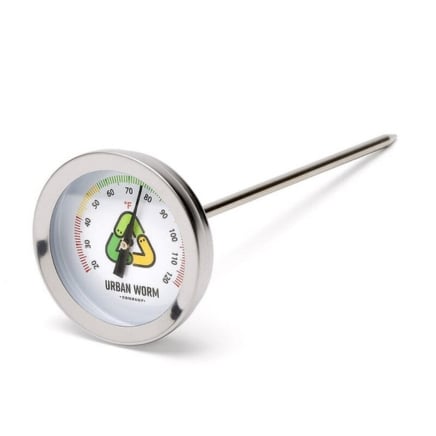

Preserve monitor of soil and worm bin temperature exactly with the Metropolis Worm Thermometer. The chrome steel stem penetrates as a lot as 5-inches into soil to offer essentially the most right learning. And the inexperienced, yellow, and purple tick marks allow you to understand whilst you’re inside the optimum zone in your soil microbes and worms.
The Transient Reply
Compost must have completely completely different temperatures counting on its life cycle. Current piles are the preferred, whereas mature, curing ones cool off. As microorganisms, worms, and nematodes eat up raw waste, they produce tons of heat. It dissipates after they devour the entire waste, after which you can harvest the pile and use its compost in your yard.
Decomposition occurs at its largest between 104-140°F (40-60°C). As waste runs out, temperatures slowly decline underneath 84°F (29°C). Use a soil thermometer to measure the piles, or stay up for seen steam curling out of freshly turned compost.
The Prolonged Reply
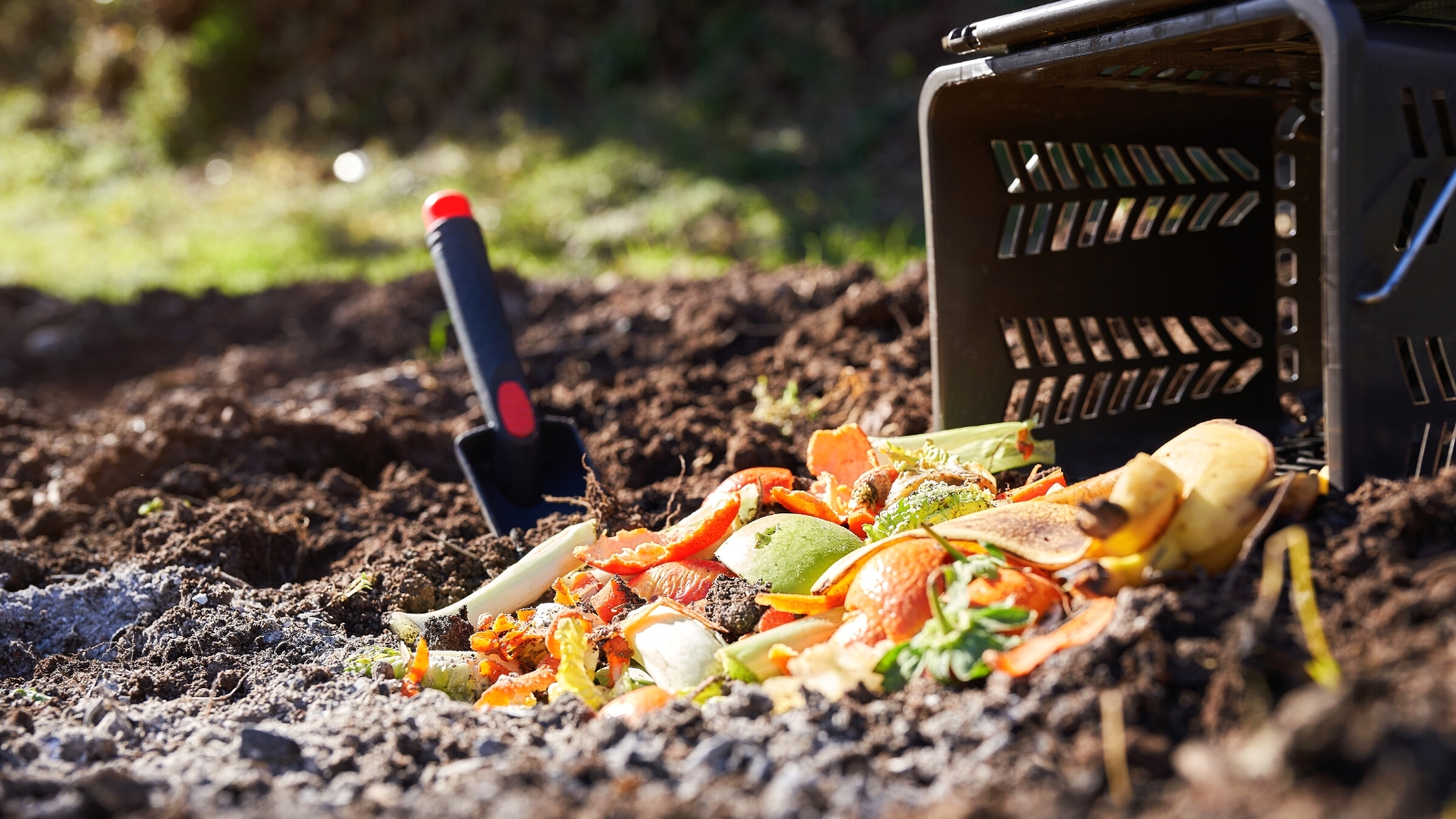

Compost is superior! How scorching your pile will get relies upon upon particle measurement, aeration, moisture ranges, and browns-to-greens ratios. Let’s dive in.
Scorching Compost Is Scorching!
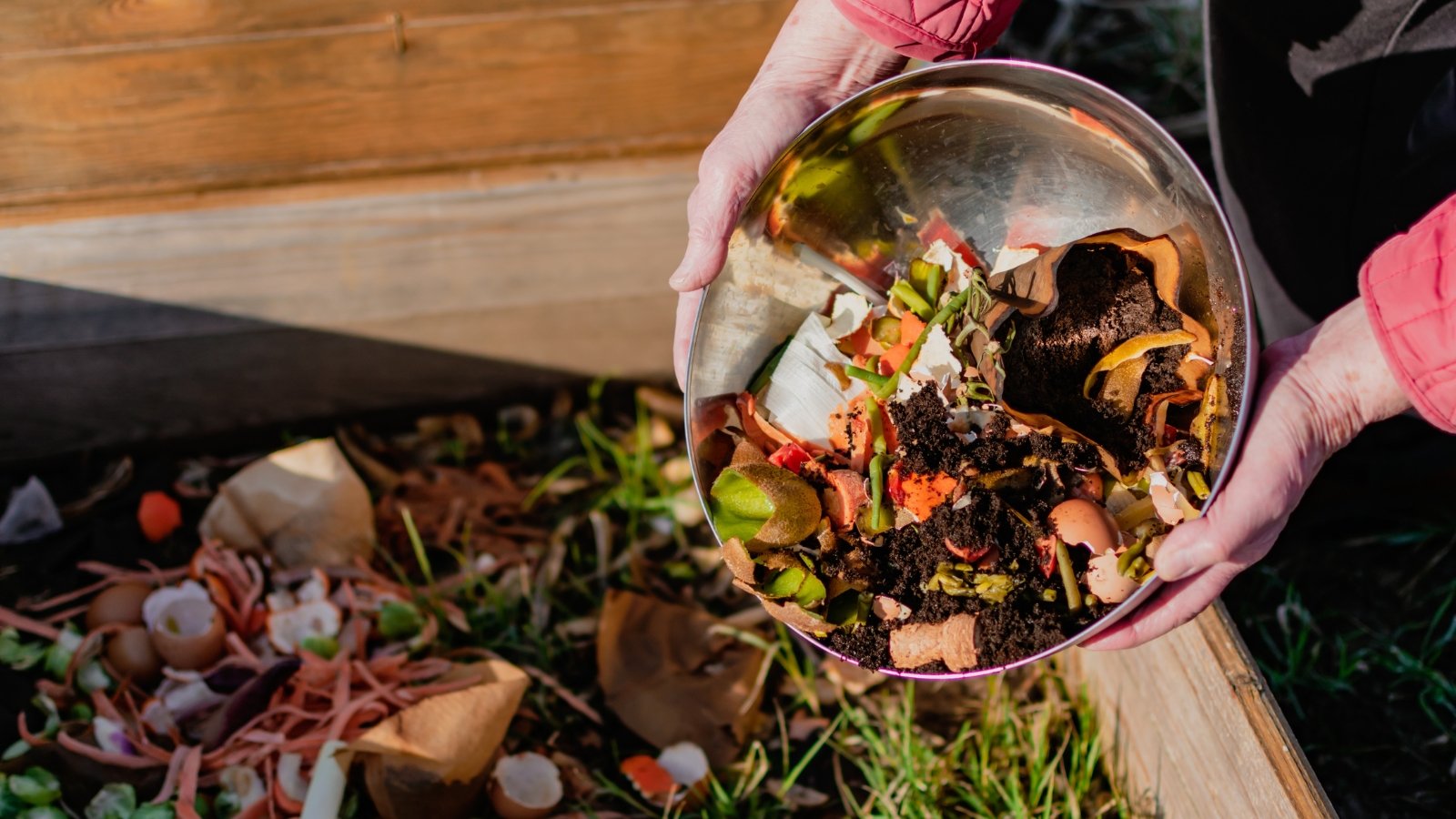

It’s magical that you may stack lifeless leaves, banana peels, and plant clippings to create modern soil. Scorching compost piles are top-of-the-line methods to try this, as they create hospitable conditions for the great microorganisms you want in your soil. Take right care of your pile, and it’ll take fantastic care of your crops.
Scorching piles desire a right ratio of browns to greens, typically spherical 2:1 or 3:1—this causes a 30:1 ratio of carbon to nitrogen typically, which is true for the tactic. Browns are dry plant supplies like lifeless leaves, skinny twigs, chemical-free paper waste, and straw. Greens are modern supplies like kitchen scraps, fleshy crops, grass clippings, and farm animal manure.
If you’ve mixed the provides in a pile, water it so it’s 50% moist. Grasp a clump and squeeze it; it ought to actually really feel like a wrung-out sponge. If no water comes out, the pile needs further irrigation. If water comes out with out squeezing, it’s moist ample and should dry. Turning piles helps encourage sooner drying within the occasion that they’re too moist.
Weed Seeds and Pathogens


Preserving compost scorching ensures weed seeds and plant pathogens die all through decomposition. Healthful micro organism and fungi outcompete them and create a rich home for bugs, worms, and algae. Weed seeds can’t survive the heat, and they also die, too.
Certain temperatures destroy these undesirable additions further merely than others. Assure your pile stays above 104°F (40°C) for five days. All through these 5 days, you’ll want your inputs to exceed 131°F (55°C) for 4 hours. Most diseases, pests, and seeds wither at these temperatures.
Certain weeds like mint, bamboo, kudzu, or English ivy survive these temperatures. Preserve noxious invasive crops out, and they also gained’t get the prospect to take over. Most annual or perennial weeds can’t survive, and you may put them in worry-free. In case you’re curious whether or not or not or not a weed will die, check out a small piece of 1 in a scorching pile. If it dies, you can safely assume it’s priceless inexperienced supplies.
Chilly Compost Is Cool
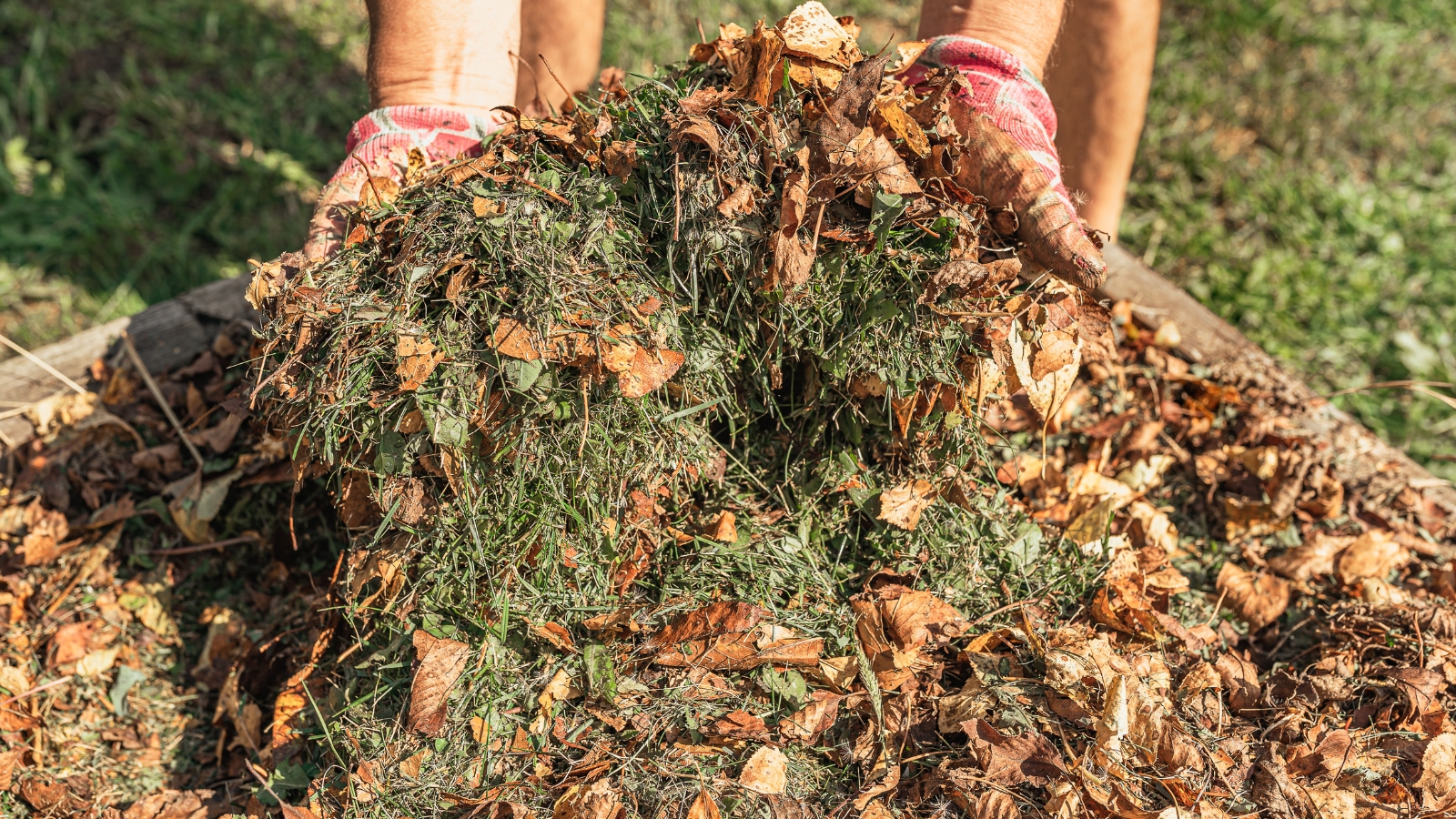

In case you’re making chilly (passive) compost, you needn’t concern about its temperature. This system makes use of gradual decomposition over many months with little oxygen. It takes good thing about comparable pure processes as scorching compost, albeit at a rather a lot slower cost.
The one downside is weed seeds and pathogens don’t die in chilly piles. There’s a vivid side though; allowing this stuff might be not all that harmful. When weeds sprout, you can pull them up and lay them on the soil. They’ll decompose with time, together with cowl and nutritional vitamins the place weeds used to develop.
Pathogens are a bit completely completely different—chilly piles may not kill them. I nonetheless put some diseased leaves in them as an immunity improve. The great micro organism, fungi, and archaea compete with diseases for space and nutritional vitamins. Then, you unfold the decomposed supplies, and it helps your crops resist the pathogens that died in it. Nonetheless, further rampant diseases would possibly proliferate. Use warning with this system if in case you may have points with yard diseases.
Improve The Heat
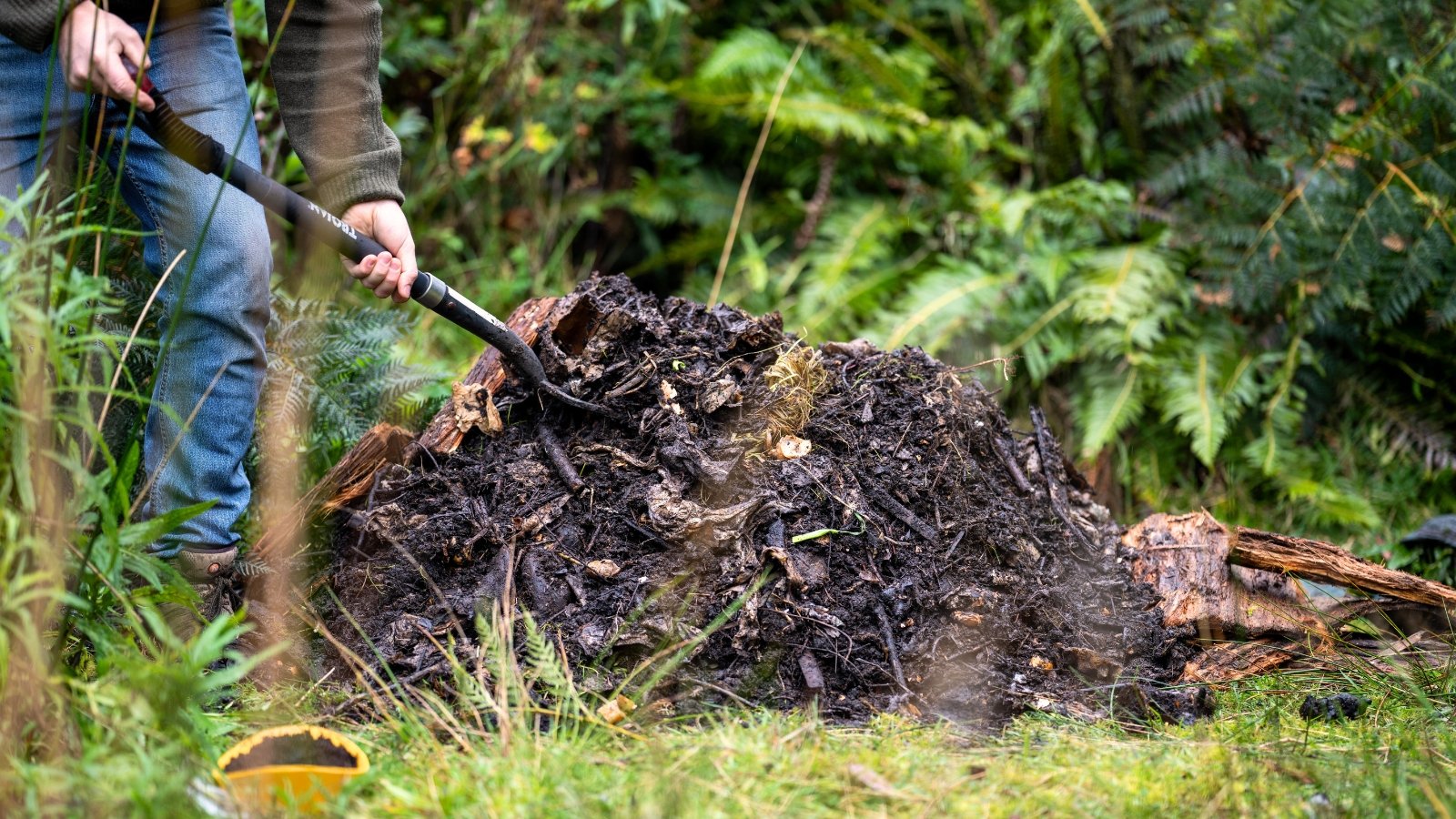

A cold pile heats up shortly with only a few methods. Sooner than you make your pile, chop the entire mulch gadgets into smaller sizes. Small particles are easier for composting organisms to eat, and they also facilitate sooner decomposition.
You could improve heat in current piles by manipulating water and airflow ranges or by together with a protein-rich modification. If piles are chilly and dry, they need water and proper turning. Using a broad fork or pitchfork, stab the decaying mulch and swap it. Ship particles on the pores and skin to the inside, then rake up the realm to keep up it tidy.
Gradual-working piles may need a nutrient improve. Amendments like grass clippings, oatmeal, soy meal, and alfalfa pellets current a quick decaying provide of nutritional vitamins like protein and nitrogen. Incorporate all of them by, and avoid together with new waste for only a few weeks.
Can It Get Too Warmth?
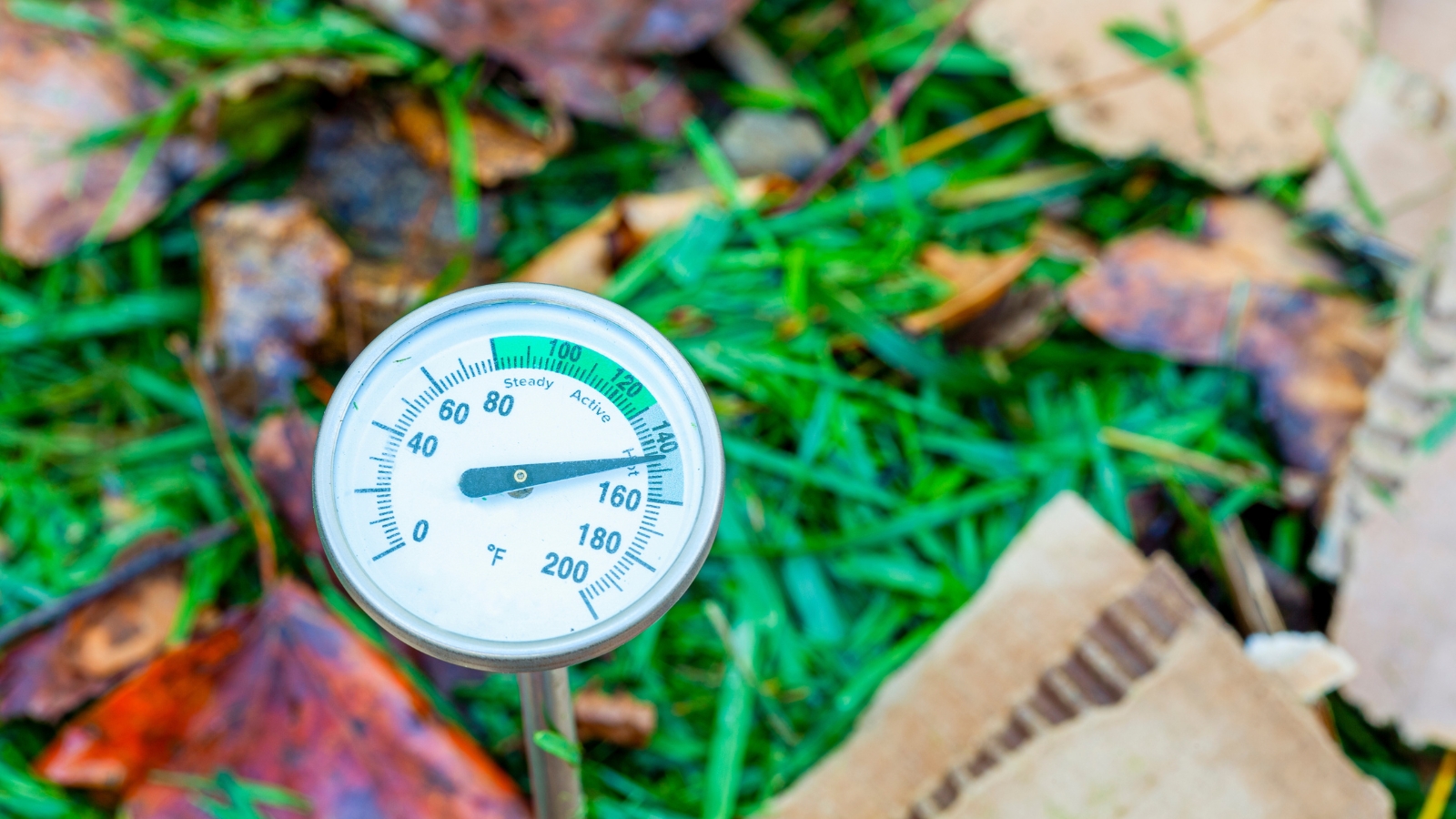

Extreme heat kills good and unhealthy microbes, which means your modification shall be devoid of life whilst you add it to your yard beds. Temperatures above 140-149°F (60-65°C) are too extreme for delicate micro organism, fungi, and archaea.
Among the best methods to lower temperatures is by turning. Every single day turning with a pitchfork ensures the piles preserve scorching nonetheless not too scorching. It moreover retains a gradual circulation of oxygen reaching the helpful microbes, allowing them to eat shortly the raw mulch and kitchen scraps.
Curiously ample, turning piles may also improve temperatures. It permits microbes to attain new, undecayed particles they haven’t touched, and they also feed in a frenzy. Everytime you cycle a pile, you introduce airflow and improve microbial train; these actions steadiness each other out, resulting in an optimum composting temperature.
Seasons Impact Temperature
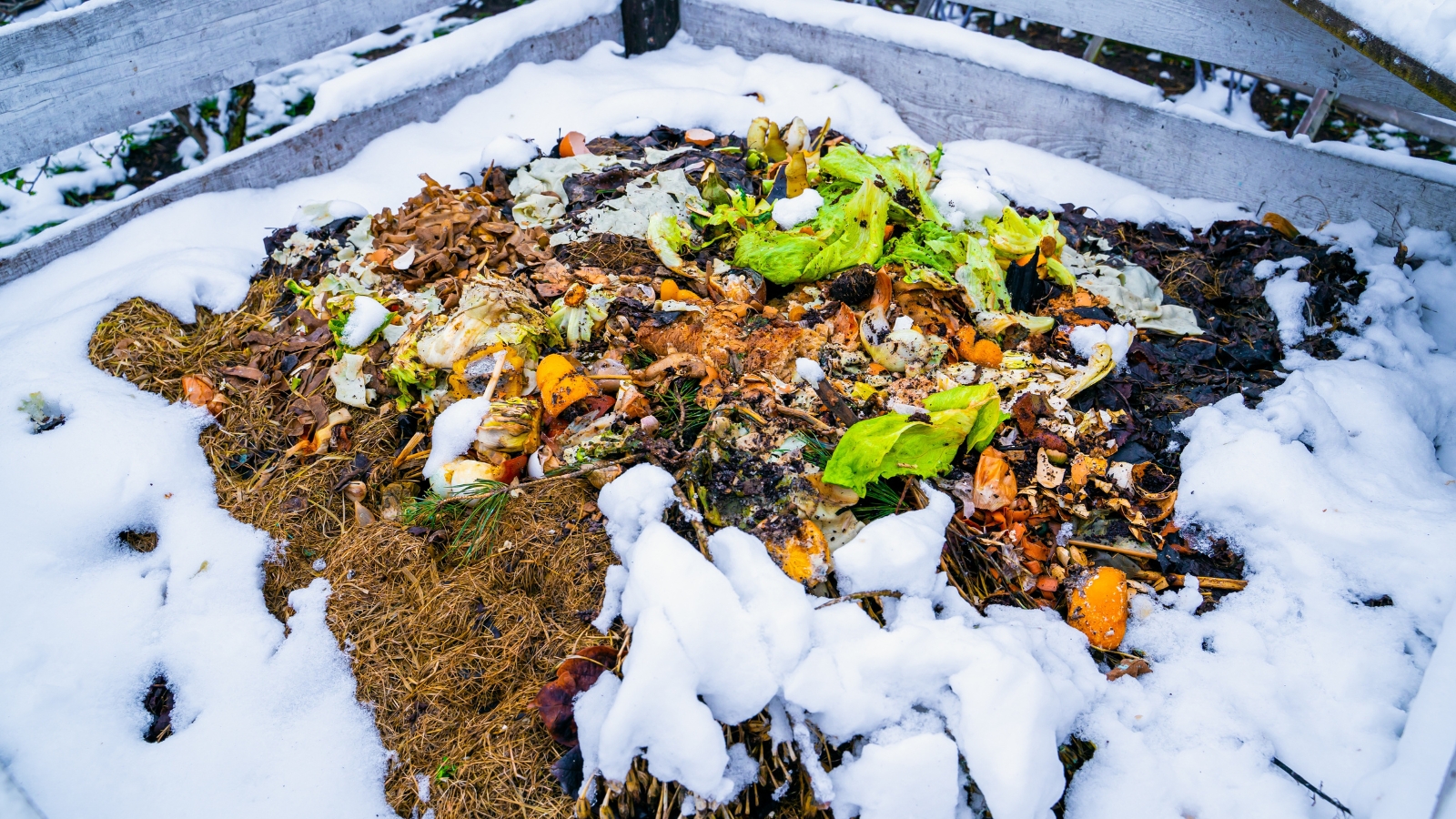

The last word uncontrollable difficulty is the local weather. Cool, moist local weather initiates chilly composting to occur. Decay nonetheless happens, merely at a rather a lot slower cost than when sunshine and warmth temperatures are present.
Preserve piles not lower than three ft broad, prolonged, and tall. Greater ones entice heat inside, and they also decay larger all through winter local weather than small ones. Even in top-of-the-line of circumstances, most piles gained’t readily decompose until the subsequent spring by summer season.
Start modern piles in early spring for a midsummer harvest or in early summer season for a fall harvest. You may additionally keep a pile going repeatedly, together with to it as you generate waste. Then, whilst you want to harvest, dig to the underside of the pile and use the crumbly modification.
Whatever the methodology or kind of composting, you can’t go improper when producing upcycling waste. Compost is an invaluable pure modification. Everytime you make your private, you funnel waste away from landfills. This budget-conscious movement moreover helps your ornamentals and crops thrive with priceless microbes, nutritional vitamins, and bugs.
[ad_2]

